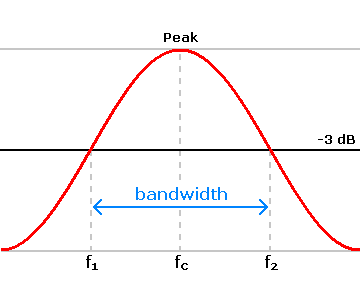Bandwidth

Bandwidth refers to the maximum rate of data transfer across a network or communication channel. It represents the capacity or throughput of the channel and is typically measured in bits per second (bps), kilobits per second (kbps), megabits per second (Mbps), or gigabits per second (Gbps).
Bandwidth determines how much data can be transmitted within a given period of time and is a critical factor in determining the speed and performance of network connections. It affects the time it takes to download or upload files, stream media, load web pages, and perform other data-intensive tasks.
Bandwidth can be affected by various factors, including:
Network Infrastructure: The type and quality of networking equipment, such as routers, switches, and cables, can influence available bandwidth. Upgrading to higher-speed networking hardware can increase bandwidth capacity.
Network Congestion: High levels of network traffic or congestion can reduce available bandwidth, leading to slower data transfer speeds and increased latency. Peak usage times or oversubscribed networks can exacerbate congestion issues.
Distance and Latency: Physical distance between network endpoints and the presence of latency or delays in data transmission can affect effective bandwidth. Longer distances or higher latency connections may result in slower data transfer rates.
Bandwidth Allocation: Bandwidth may be allocated or shared among multiple users, devices, or applications on a network. Quality of Service (QoS) mechanisms can prioritize traffic and allocate bandwidth based on specific criteria, such as application type or user priority.
Internet Service Provider (ISP) Plan: The bandwidth available to an individual or organization may be determined by the internet service plan offered by their ISP. Different plans offer varying levels of bandwidth, with higher-tier plans typically providing faster speeds and greater bandwidth capacity.
Wireless Interference: In wireless networks, interference from other devices, physical obstacles, or environmental factors can degrade signal strength and reduce effective bandwidth.
Understanding and managing bandwidth is essential for optimizing network performance, ensuring smooth and efficient data transmission, and meeting the needs of users and applications. It involves monitoring network usage, identifying bottlenecks, and implementing strategies to maximize available bandwidth and minimize congestion.
Thank you,